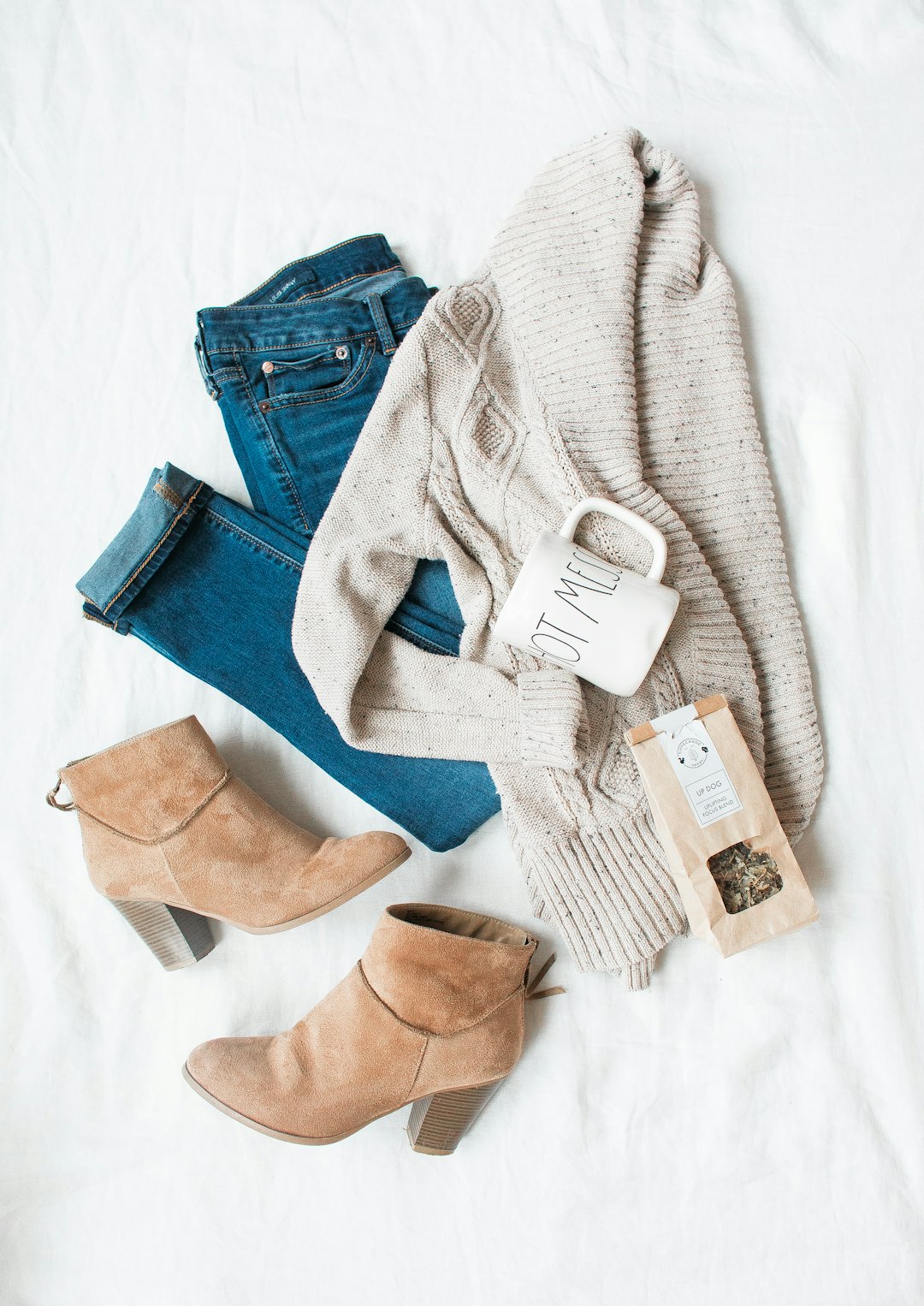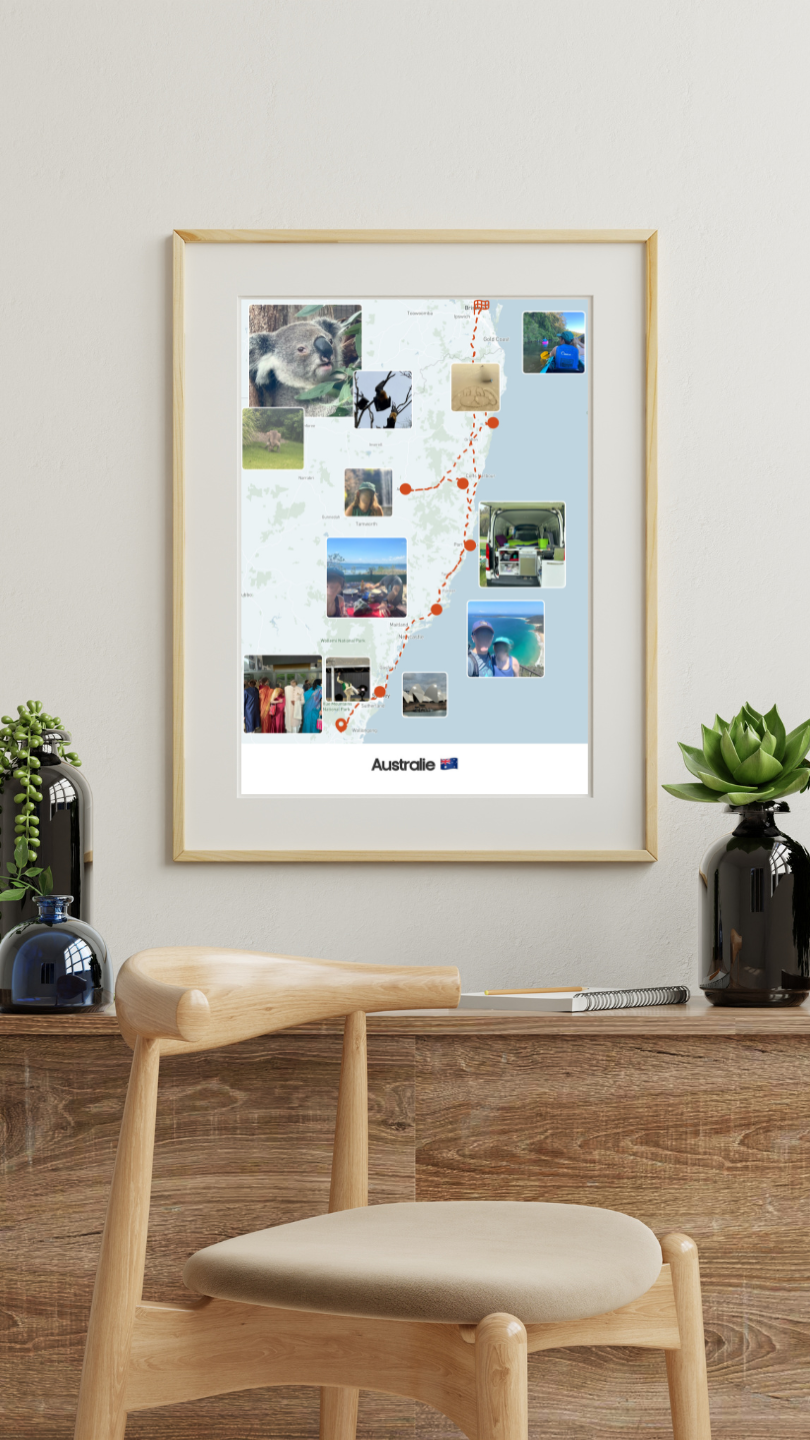Traveling in winter can be a magical experience, offering snowy landscapes and a festive atmosphere. However, it is crucial to prepare well to face low temperatures and harsh weather conditions. This article delves into the essential clothing to prioritize for winter travel to stay warm while remaining stylish.

Introduction - What clothes to prioritize for winter travel?
The layering principle - What clothes to prioritize for winter travel?
When preparing for a winter trip, the layering principle is fundamental. Opt for three main layers: the base layer, mid-layer, and outer layer.
1. Base layer: This should be comfortable and breathable. Choose materials like merino wool or synthetic fabrics. Avoid cotton, which retains moisture.
2. Mid-layer: This provides insulation. Wool sweaters, lightweight down jackets, or fleeces are good choices for keeping warmth while remaining light.
3. Outer layer: This is your protection against wind and moisture. A good waterproof and breathable jacket is essential. Ensure it is long enough to cover the hips.
Essential accessories - What clothes to prioritize for winter travel?
Clothing alone is not enough; accessories are equally important to protect you from the cold.
1. Hats: A good wool beanie or thermal hat is essential for retaining body heat, as we lose the most heat through our heads.
2. Scarves: Choose a wool scarf to wrap around your neck and face to prevent frostbite and chill.
3. Gloves: Wool gloves or touch-screen gloves will keep your fingers warm while allowing you to use your devices.
4. Socks: Don't neglect the importance of warm merino wool socks. They prevent blisters and keep your feet warm in freezing conditions.
5. Boots: Invest in waterproof boots with good insulation. Ensure they are slip-resistant to avoid falls on ice.
Suitable fabrics - What clothes to prioritize for winter travel?
Selecting the right fabrics is crucial for optimal comfort in winter. Here are some recommendations:
1. Wool: Warm, breathable, and naturally moisture-resistant.
2. Polyester: Lightweight and dries quickly, ideal for sportswear.
3. Silk: Excellent for a base layer, as it retains heat close to the body while being soft.
4. Nylon: Durable and often used in outerwear for its water resistance.
5. Fleece: Perfect as a mid-layer, it keeps warmth even when damp.
Packing your suitcase - What clothes to prioritize for winter travel?
Packing a suitcase for a winter trip requires strategy. Here are a few tips:
1. Plan your outfits: Have an idea of the activities you plan to choose your clothing accordingly.
2. Pack smartly: Roll your clothes to save space and avoid wrinkles.
3. Don't forget backups: Include some extra clothing in case you get wet or dirty.
Conclusion - What clothes to prioritize for winter travel?
Traveling in winter requires special attention to clothing preparation. Choosing the right layers, accessories, and fabrics can make all the difference in enjoying your trip fully. Remember that staying warm will allow you to appreciate the winter landscapes without compromise. Happy packing and safe travels! ❄️
FAQ - What clothes to prioritize for winter travel?
What are the best materials for winter clothing?
The best materials for winter clothing are wool, polyester, nylon, silk, and fleece. Wool is particularly effective at retaining heat while allowing the skin to breathe. Polyester is lightweight and dries quickly, ideal for outdoor activities. Nylon is very durable and often improvises the lifespan of waterproof clothing. Silk is smooth and pleasant for a base layer, while fleece is frequently used for mid layers due to its lightness and insulation ability.
How do I choose my clothing based on the destination?
Choosing your clothing according to your destination depends on several factors, including climate, planned activities, and the length of your stay. Research the local weather to know what temperatures to expect. If traveling to a very cold area, prioritize jackets with good insulation, thermal underwear, and accessories like gloves and hats. For destinations with temperature fluctuations, consider bringing multiple layers to adapt to weather changes.
Are cotton clothes suitable for winter?
Cotton clothing is generally not recommended for winter as it retains moisture. When it becomes wet, it loses its insulation capacity, leading to a cold feeling and potentially hypothermia risk. It’s best to opt for materials like merino wool or synthetic fabrics that ensure better moisture wicking and maintain body heat.
How do I organize my suitcase for a winter trip?
To organize your suitcase for a winter trip, start by making a list of necessary clothing according to planned activities. Consider stacking your clothing in layers to save space. Also, remember to include waterproof bags in case you have damp clothes, to prevent soaking the rest of your suitcase.
What type of shoes should I pack?
For winter travel, it is essential to pack waterproof and well-insulated shoes. Boots providing good grip to prevent slipping on snow or ice are ideal. Consider also bringing a pair of lightweight shoes for indoor activities, ensuring they are comfortable for extended wear.
Are sports clothes suitable for winter hiking?
Yes, sports clothing is often well-suited for winter outdoor activities as long as they are designed for such conditions. Look for clothing made with technical materials that manage moisture effectively and provide thermal insulation. Hiking gear can include quick-drying sports t-shirts, thermal pants, fleece jackets, and accessories like gloves and hats designed for activity.
How do the layers of clothing help me stay warm?
Clothing layers work by trapping warm air between the various layers, helping to retain body heat. The first layer wicks moisture away from the skin, the second layer provides insulation, and the outer layer protects against wind and rain, creating a barrier against the elements. This arrangement helps effectively manage your body temperature, especially in physically demanding situations.
What mistakes should I avoid when buying winter clothing?
When buying winter clothing, it is crucial to avoid certain mistakes. For example, neglecting to try on clothes with the layers you will frequently wear. Ignoring comfort can be detrimental: a garment may look good, but if it isn't comfortable, you won't enjoy it. Additionally, buying solely based on price may lead to poor-quality choices. Look for functionality and check the materials used, as this will determine the efficiency of the insulation.
How do I wash and care for my winter clothes?
To maintain the effectiveness of your winter clothes, regular maintenance is essential. Wash your clothing according to the instructions on the label. Avoid bleach and favor cold washing, which preserves the fabric. For wool items, consider using a gentle cycle. Dry them in the air if possible, as a dryer can damage them. At the end of the season, ensure they are cleaned properly and stored in a cool, dry place.
Why is it important to wear appropriate clothing in winter?
Wearing appropriate clothing in winter prevents hypothermia and frostbite. Exposure to cold can cause severe illnesses. The right clothes help regulate body temperature, keeping warmth close to the skin. They also allow you to fully enjoy winter activities without discomfort, making your trip more enjoyable. Thus, equipping yourself well improves your performance during outdoor activities.






